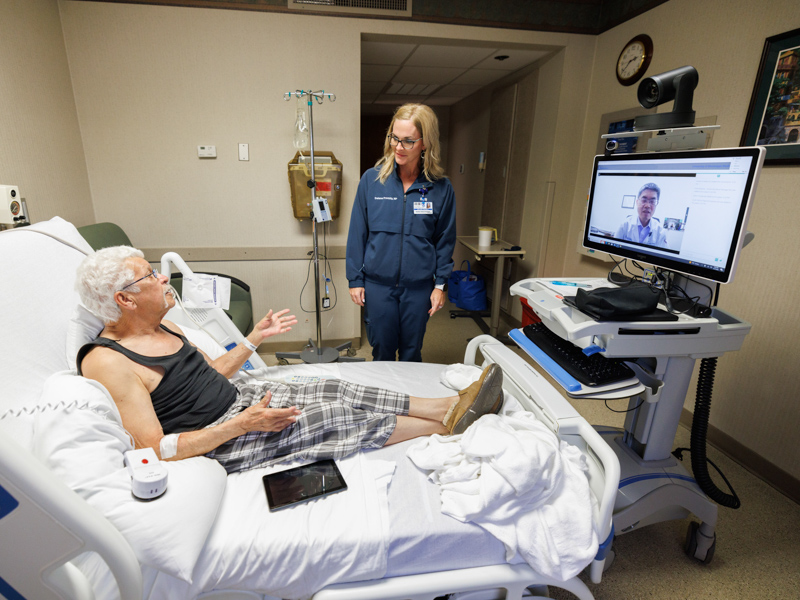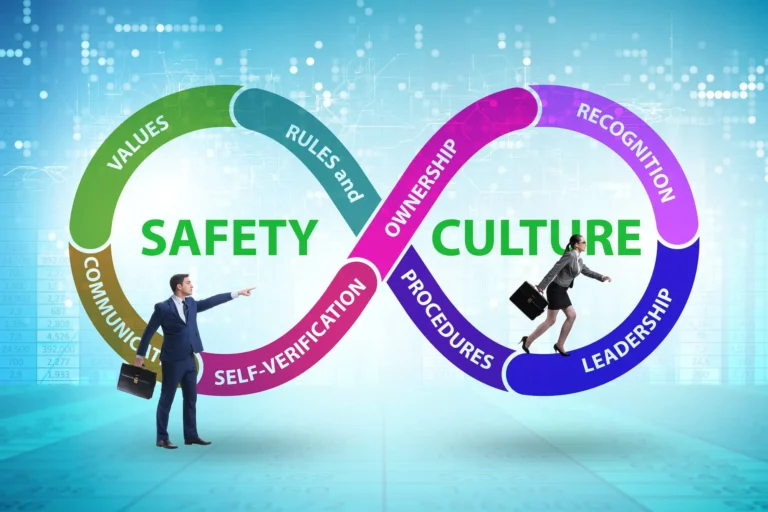In the digital age, telepsychiatry is offering an innovative and revolutionary solution to bridge the mind gap between patient and doctor. By connecting patients with qualified medical professionals from almost any location in the world, this practice offers access to mental health services for those who would not otherwise have access.
Telepsychiatry eliminates travel time, cost barriers, and other obstacles that often stand in the way of quality care. By providing comprehensive support tailored to a patient’s individual needs without compromising on the quality of service, it has become one of the most effective methods for treating a wide range of psychological conditions.
With its ability to reach even those living in remote areas or facing language barriers due to cultural differences, telepsychiatry is changing lives all over the globe. It provides real-time communication between clinicians and their patients while ensuring privacy through secure data transfer protocols as well as maintaining strict adherence to regulations such as HIPAA compliance.
This article will explore how telepsychiatry can be used as an effective means of bridging gaps across digital horizons by providing improved access to mental health resources around the world.
Introduction to Telepsychiatry: Bridging the Mental Health Gap

elepsychiatry is a rapidly growing field and one that has the potential to bridge the mental health gap across digital horizons. It is an innovative form of healthcare delivery that allows for access to psychiatric services from anywhere in the world, without having to physically travel or be seen in person by a psychiatrist.
This technology provides convenience and flexibility while also ensuring privacy and safety for all patients, regardless of their location or mobility constraints. Telepsychiatry can provide individuals with timely access to treatment, reduce wait times, improve patient outcomes, and alleviate some of the common barriers associated with accessing traditional face-to-face psychiatry care.
In addition, telepsychiatry offers opportunities for psychiatrists working remotely to expand their practice reach beyond their local area and even overseas. With today’s ever-increasing internet connectivity speeds combined with advances in video conferencing technology, telepsychiatry now enables doctors to diagnose conditions accurately as well as develop comprehensive treatment plans that meet both short-term goals as well as long-term goals.
As such it holds great promise in helping bridge the current mental health gap between those who can access quality care versus those who cannot due to cost or distance barriers
Benefits of Telepsychiatry for Mental Health Care
Telepsychiatry is a game-changer in mental health care. Utilizing digital technology, it bridges the gap between patients and their psychiatrists from miles away, eliminating barriers of time or distance.
With telepsychiatry, people can access timely quality mental healthcare services no matter where they are located. The benefits of using telepsychiatry for mental health care include improved convenience and accessibility for patients who are unable to visit traditional psychiatric offices due to physical limitations or geographic constraints. Furthermore, those suffering from depression and anxiety disorders can find comfort in the privacy of their own homes while having necessary consultations with psychiatrists over secure video conferencing platforms.
Additionally, telepsychiatry provides cost savings for both providers and patients because there is no need for traveling expenses associated with visiting an office in person; instead, visits can be done digitally without any additional charges incurred by either party. For physicians, this means reduced paperwork as well since all appointments are documented electronically rather than manually filling out forms or taking notes on paper records.
Challenges and Considerations in Implementing a Telepsychiatry Program

The implementation of a telepsychiatry program presents both challenges and considerations. From the technological aspect, ensuring strong security measures to protect confidential patient data is paramount.
A reliable connection must also be maintained to ensure that psychiatrists can provide accurate care without interruption or delay. Additionally, there are social factors that need to be taken into account when implementing a telepsychiatry program.
These include considering cultural norms and preferences for mental health services, as well as building trust between patients and caregivers through effective communication techniques such as video conferencing or phone calls. Finally, economic implications should not be overlooked; an adequate budget needs to be allocated for personnel and technology costs associated with the development of a successful telepsychiatry program.
Taking all these factors into consideration will enable healthcare providers to bridge the mind gap across digital horizons effectively while delivering quality mental healthcare services securely online.
Conclusion
Telapsychiatry has revolutionized care for individuals across the world, bridging the gap in mental health services by providing access to psychiatrists from a distance. It facilitates patient-centered care and is an invaluable tool for those with limited options due to geography or financial constraints.
Telepsychiatry eliminates barriers like travel time and cost, allowing more people to seek help when they need it without sacrificing the quality of care. The digital horizon opened up by telepsychiatry promises improved access to mental healthcare, which can ultimately improve patient outcomes and reduce the stigma associated with seeking help.
With its remarkable potential for positive change in mind health services, telepsychiatry stands as one of the most powerful tools available today.







